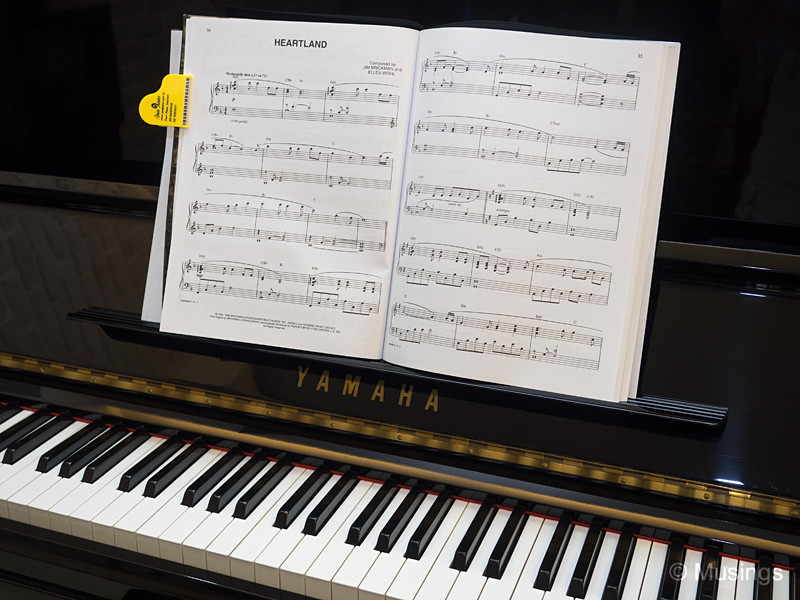There are two things I’m especially grateful my parents did when I was a child: buy us an Apple II computer, and let my two brothers and I learn the piano. Both of these things had immeasurable impacts on what I’ve done since that point. As a direct result of the first – I learned programming as a 12 year old by reading books, programmed my first video game in secondary one, did computing at University, did a PhD centered on video games, and now work in an Information Technology school.
My journey as a result of the second is a little more convoluted: I had piano lessons, experienced a few junctures where I wanted to give up learning, had a wonderful teacher in my later grades who was a much more effective instructor, started listening to classical music, wrote and recorded my own piano music. And now it’s come full-circle – our daughter now also learns the same instrument!

One of the reasons why I wanted the Silent Piano module when looking for our home piano last year came from an interest to record. Like debating: there’s no better way to learn where your mistakes are than listening to your own self performances. There are a couple of ways of recording music on our Yamaha U30BL, each with its own advantages and challenges:
Turning on the Silent Piano module, and recording a piece on MIDI.
Turning on the Silent Piano module, and recording a piece directly via headphone jack.
Using a camcorder LOL.
The first method will only record audio, and using a MIDI sequencer, you’d also be able to correct very minor mistakes in the performance. You’d also get pretty clean audio, no noise, and you can fine-tune the soundscape as you like. Recording via MIDI though is a crazy amount of work though, and while I have a fairly systematic workflow, the process is not something I relish.
I haven’t tried the second method yet. You won’t be able to correct any mistakes and the quality of the sound is entirely dependent on the note samples embedded in the Silent Piano module – which is adequate but not great.
The third method is the most convenient, and as a bonus, I get video to see all my fingering goofs! The acoustics in our living room aren’t really very good, and there’s pretty poor clarity in the lower registers. A better and fourth method would be to record video but use the audio output of the Silent Piano – but I lack sufficiently long audio cables at the moment to run those things about the piano.
So, in the mean time, I’ve been doing some video recordings. Oddly, the Panasonic TM700’s microphone input resulted in heavily muffled audio, while the E-M1 fared somewhat better – though neither methods were producing an ideal audio experience – with limited aural range, reverberations caused by the living room acoustics, creaking from the piano seat, and my next door neighbor moving house LOL.
Recent comments